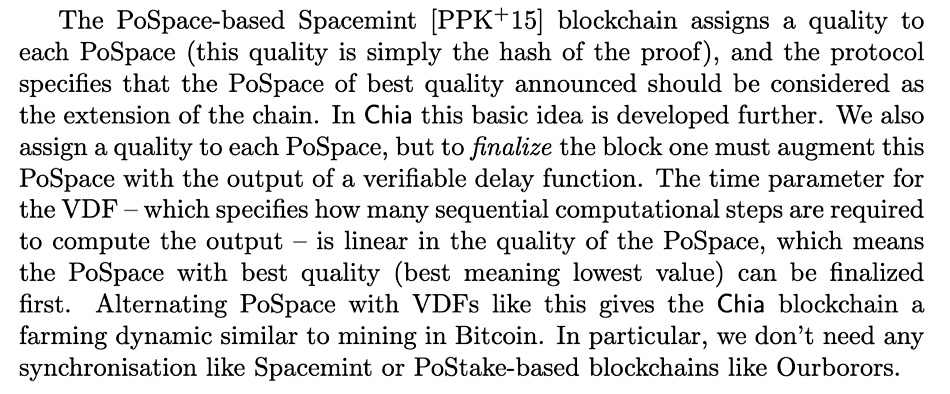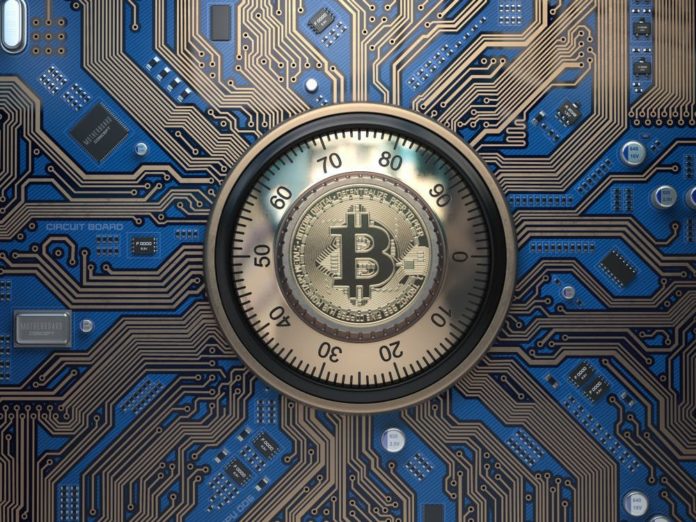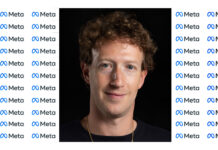Never mind the GPUs used for process-intensive mining of Bitcoin, new cryptocoin Chia is driving up hard disk drive prices by its own processing needs, which are based on storage capacity.
Chiacoin was launched this month. It is a bitcoin-like currency, and it needs so-called proof-of-space-time to be mined, or rather farmed, using hard disk drives and SSDs. That requires less processing than bitcoin, positioning Chiacoin as a “greener” cryptocurrency. It was devised by Bram Cohen, the American programmer who came up with the BitTorrent peer-to-peer network protocol. Chia Network is the company backing Chiacoin.
Bitcoins are mined using a so-called proof-of-work which involves vast numbers of CPU cycles and hence electricity. Chiacoin farming requires much less processing.
Chia is based on a proof-of-space-time consensus algorithm and a blockchain network. It involves a so-called Chia farmer or “prover” sending such a proof to a verifier. The proof is that some amount of disk or SSD space is actually used to store some specific data.
A Chia Business White Paper explains the initial concept. It states “Proof of Space leverages the over-provisioned exabytes of disk space that already exist in the world today.”
A Chia FAQ supplies more information. Going deeper than this involves a great degree of mathematical complexity in a Chia Green Paper:

A Chia farmer loads cryptographic numbers onto their disk or SSD into a portion of the capacity known as a “plot.” A plot is associated with blocks from a blockchain, the number of which depends upon the percentage of the total space a farmer has allocated compared to the entire blockchain network. Each plot has a hash and, as the Chia blockchain extends, each farmer’s system can see, using background processing, if their hashes are a match for the next blockchain step (or challenge.)
A VDF (Verifiable Delay Function) proof-of-time “Timelord” server verifies each block and awards an XCH token to the farmer for each verified block (coin).
To find out what’s really going on study the Chia Green Paper and its referenced documentation.
Getting back to known ground, Chia farming requires disk and/or SSD space and so wannabe “farmers” are buying up disk drives and SSDs.
A PC Gamer report claimed a 512GB SSD could be used up by Chia farming in 40 days and a 2TB drive in 160 days. So much writing is involved that the SSDs wear out. That encourages disk drives to be used instead of SSDs.
A Tom’s Hardware report said Chai farming had increased demand for high-capacity disk drives and retail/etail prices have risen $100 – $300 in the first half of May.
For example a Toshiba X300 12TB drive cost $320 in April and now costs between $498 and $506. A Western Digital Gold 12TB cost about $340 in March. WD sells it now for $416 and it’s $440 on Amazon. A Golds 14TB drive cost $410 in March and is now priced at $527 to $630 on Amazon.
Shares in both Seagate and Western Digital have risen recently. On May 12 Seagate shares were priced at $84.05. They are now valued at $102.29, a 21.8 per cent rise in six days. May 12 saw Western Digital shares priced at $64.38. The current price is $74.96, meaning there has been a 16.4 per cent increase in six days.
What will happen now? Are we in a Chiacoin bubble? Does this thing have wings? The heck we know: it may better for the environment, but it’s definitely not great news for those who need to buy disk drives.








